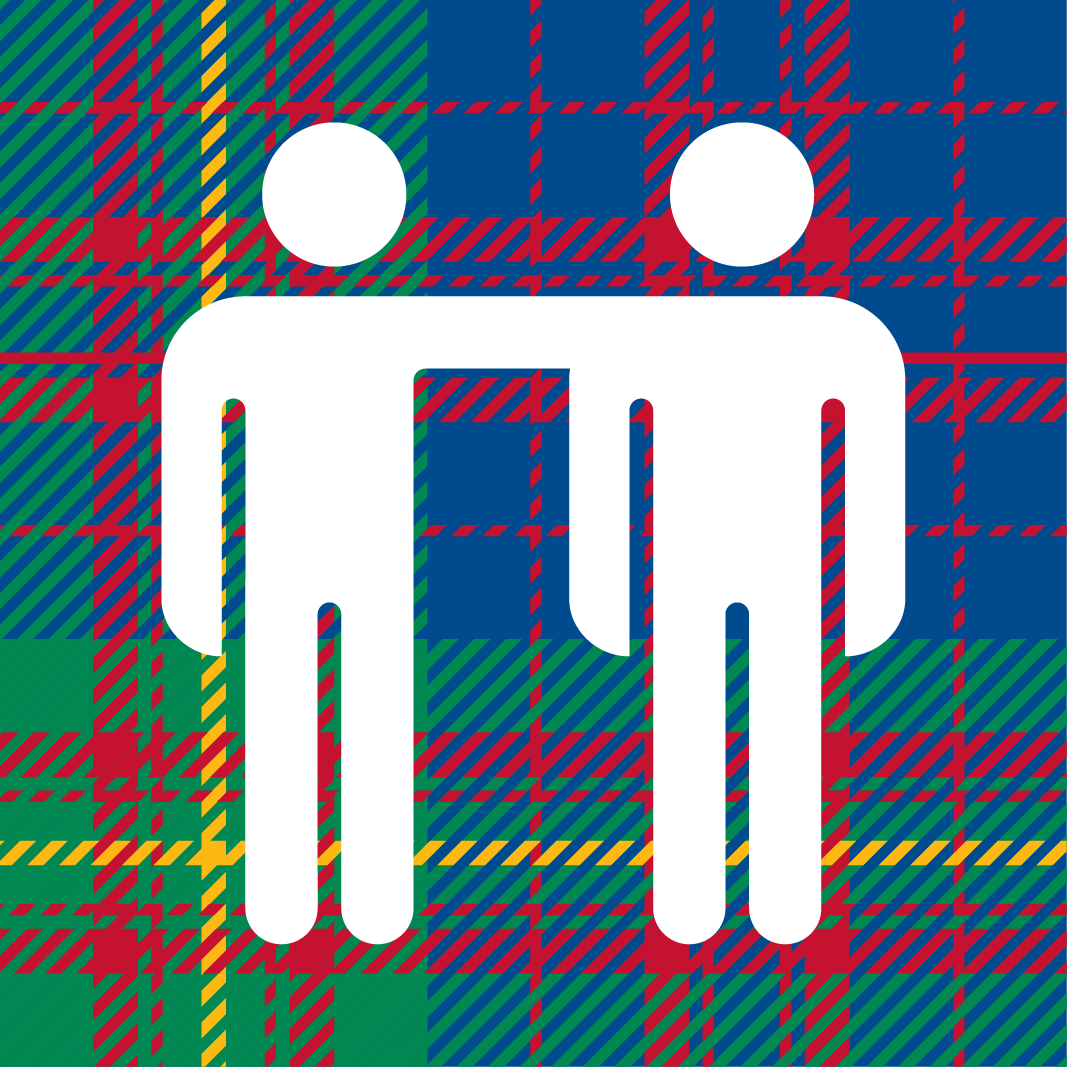Psychoactive drugs are chemical substances that alter one’s mental state, often leading to altered perceptions, moods, and behaviors. Some psychoactive drugs include Psilocybin Mushrooms, Lysergic Acid Diethylamide (LSD), Cannabis, Tobacco, MDMA, Benadryl, Zyban, and Alcohol. The effects of psychoactive substance vary dramatically, from only mild highs, to completely altering an individual’s personality and grasp on reality. Many of these drugs are regulated, ranging from making the substance completely illegal to manufacture, sell, and posses, to requiring a prescription to obtain, to simply needing to be over 18 to purchase. However many disagree with the way in which governments regulate psychoactive substance, often criticizing the arbitrary nature with which seemingly harmless drugs are prohibited while very harmful drugs are allowed to be prescribed. This leads to the question of how we know what drugs are considered harmful?
Many psychoactive substances in fact have a long histories of being consumed by humans for various purposes. A prominent historical usage of psychoactive substances has been for spiritual reasons as the altered mind state of some substances seems to lead many to experiences that they describe as profoundly meaningful and feeling a connection with the world around them that they doesn’t usually feel. Furthermore we see that many psychoactive substances do in fact have legitimate medical usages as we see many pharmaceutical companies manufacturing various medications containing psychoactive substances.
How can we decide what psychoactive substances should be allowable and what should be prohibited? How can illicit substances be effectively prohibited? What are legitimate reasons for consumption of psychoactive substances?
